Aculeata in galls induced by Lipara spp. (Diptera: Chloropidae) on common reed (Phragmites australis)
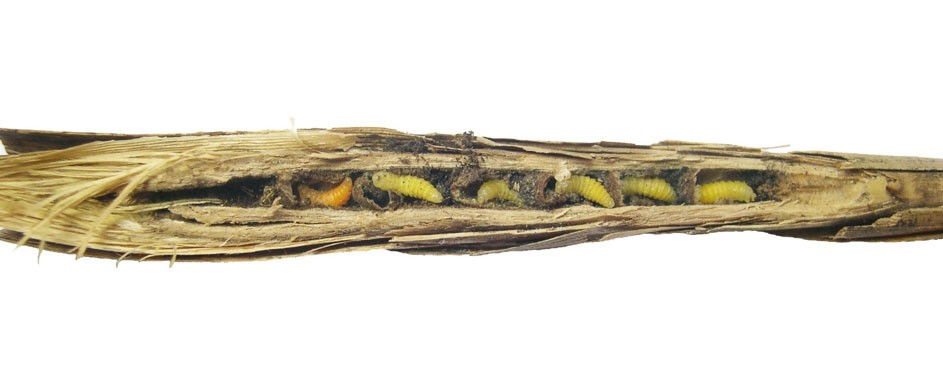
Faculty of Science UHK
Project Description
In Europe, four species of the genus Lipara Meigen appear, 1,830 produce for their larvae a specific kind of cigar-like galls on termini of common reed. After adults hatch, galls with strong walls of sclerenchymatic tissues are often used by many species and groups of invertebrates as places for hiding, overwintering, reproducing, and nesting (see Bogusch et al. 2016).
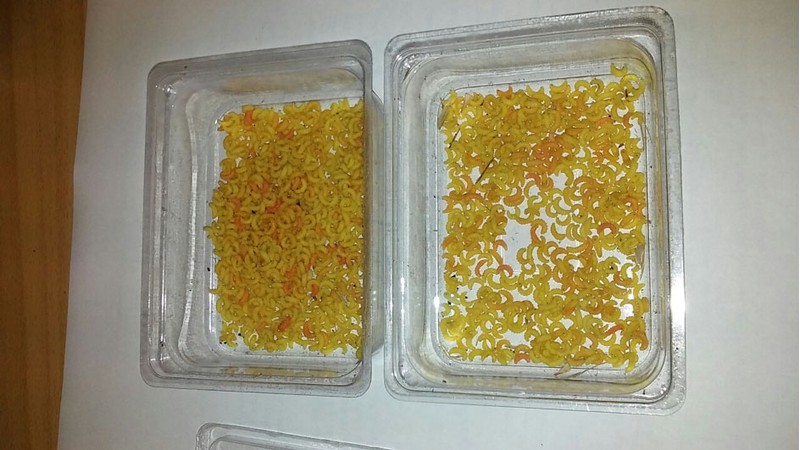
Larvae of Pemphredon fabricii before sorting according to the colour for analysis of carotenioids.
Our studies have substantially enhanced the knowledge of the range of species of the community of aculeate reed gall inquilines, which now includes 39 species that are using the empty galls for their nesting. Most of these species are only sporadic nesters, as they use not only reed galls but also many other types of cavities. However, the bee Hylaeus pectoralis, digger wasp Pemphredon fabricii and solitary wasp Stenodynerus clypeopictus nest specifically in reed galls, and some other species also show high preferences for nesting in this cavity type. We have studied not only the communities of bees and wasps nesting in reed galls but also their parasitoids and nest cleptoparasites. Bogusch et al. (2015) described the nests and larvae of the most common species, while Astapenková et al. (2017) provided descriptions of less abundant species and summarized all records on species nesting in reed galls. Heneberg et al. (2014) revealed that anthropogenic reed stands host broader spectra of species of bees and wasps when compared to near-natural reed beds. It was also revealed that some specialized species (e.g., the spider wasp Anoplius caviventris) are more common in near-natural reed beds. Bogusch et al. (2017b) evaluated the nesting preferences of species nesting in reed galls and showed that Hylaeus pectoralis and Pemphredon fabricii prefer reed galls to reed stems. Using a series of field experiments, Heneberg et al. (2017) proved that species nesting in reed galls as well as other wetland species prefer intact (uncut) reed beds, and then conclusions were made that the classical management of mowing of reed beds has a very negative impact on these specific species. Bogusch et al. (2017a) described the nesting biology of eudominant reed gall specialist - Pemphredon fabricii - and found a new type of late progressive provisioning. Heneberg et al. (2016) brought up a study on abundant species of filamentous fungi associated with larvae of species nesting in reed galls. A popular paper on this topic was published in the Živa Publishing House by Bogusch et al. (2017c).
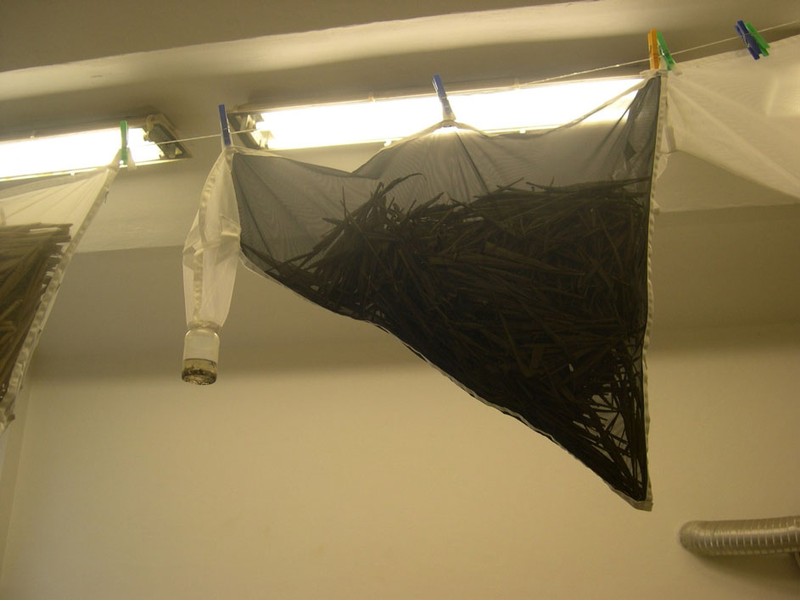
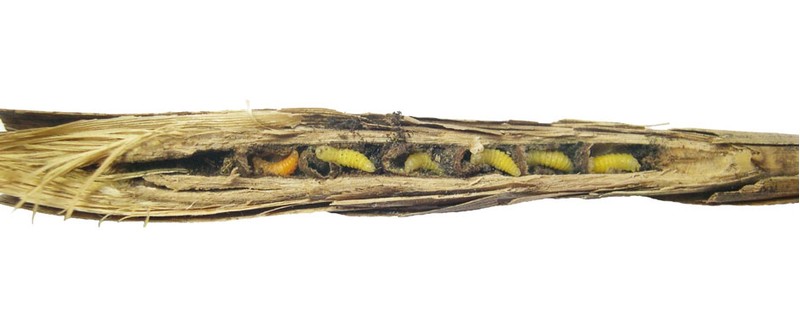
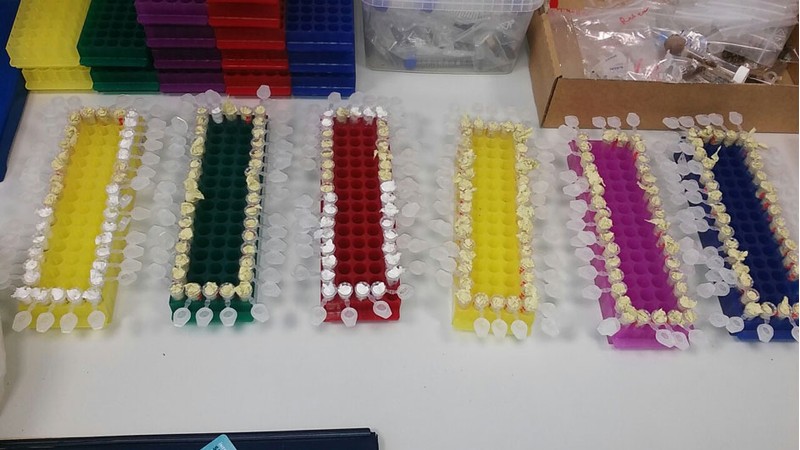
Our studies focus on other issues as well. Saline sites, both inland and marine, and colours of P. fabricii larvae and their origin can be given as one example. Another issue is presented in a nearly finalized follow-up study on filamentous fungi that parasitize aculeate larvae in the galls. This study provides experimental proof of the entomopathogenicity of several common fungal species that were previously considered to be benign to insects.
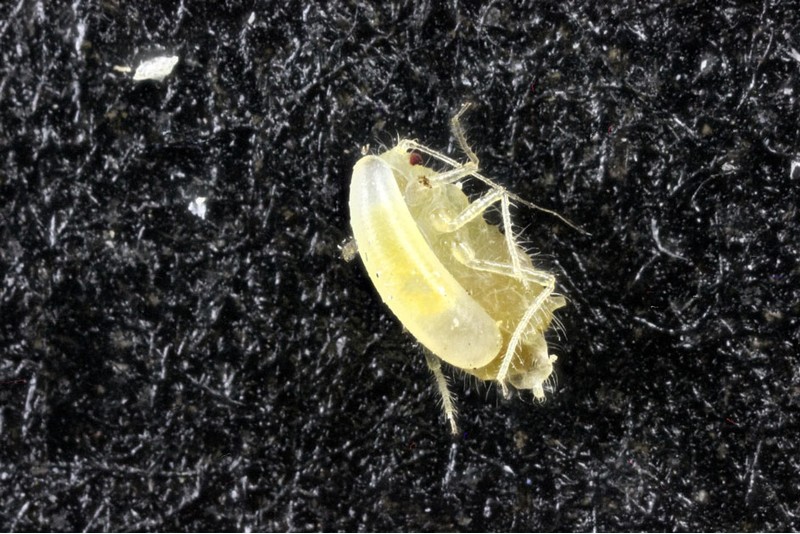
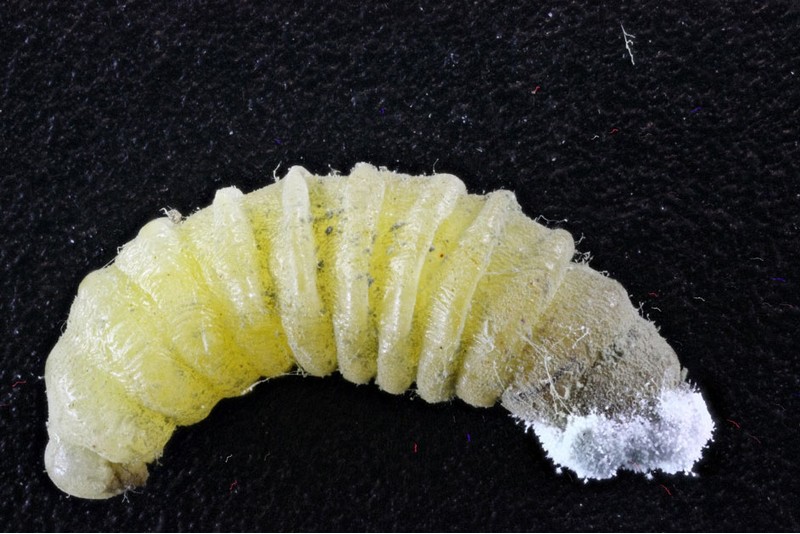
Duration of the publishing period: since 2013. Eight papers have been published so far, several others are supposed to be finalized soon.
Published studies:
Heneberg P., Bogusch P., Astapenková A. 2014: Reed galls serve as an underestimated but critically important resource for an assemblage of aculeate hymenopterans. Biological Conservation 172: 146-154.
Bogusch P., Astapenková A., Heneberg P. 2015: Larvae and Nests of Six Aculeate Hymenoptera (Hymenoptera: Aculeata) Nesting in Reed Galls Induced by Lipara spp. (Diptera: Chloropidae) with a Review of Species Recorded. PLoS ONE 10(6): e0130802.
Heneberg P., Bizos J., Čmoková A., Kolařík M., Astapenková A., Bogusch P. 2016: Assemblage of filamentous fungi associated with aculeate hymenopteran brood in reed galls. Journal of Invertebrate Pathology 133: 95-106.
Bogusch P., Macek J., Janšta P., Kubík Š., Řezáč M., Holý K., Malenovský I., Baňař P., Mikát M., Astapenková A., Heneberg P. 2016: Post-industrial habitats serve as critical refuges for pioneer species of newly identified arthropod assemblages associated with reed galls. Biodiversity and Conservation 25: 827-863.
Astapenková A., Heneberg P., Bogusch P. 2017: Larvae and Nests of Aculeate Hymenoptera (Hymenoptera: Aculeata) Nesting in Reed Galls Induced by Lipara spp. (Diptera: Chloropidae) with a Review of Species Recorded. Part II. PLoS ONE 12(1): e0169592.
Bogusch P., Havelka J., Astapenková A., Heneberg P. 2017a: New type of progressive provisioning as a characteristic parental behaviour of the crabronid wasp Pemphredon fabricii (Hymenoptera Crabronidae). Ethology, Ecology and Evolution, online.
Bogusch P., Bělastová L., Heneberg P. 2017b: Limited overlap of the community of bees and wasps (Hymenoptera: Aculeata) nesting in reed galls with those nesting in other cavities. Journal of Insect Conservation 21: 861-871.
Heneberg P., Bogusch P., Tauchmanová P., Řezáč M., Astapenková A. 2017: Common reed (Phragmites australis) gall as the limiting nesting resource of rare wetland bees and wasps (Hymenoptera: Aculeata & Evanioidea) in Central Europe. Ecological Engineering 108(Part A):100-113.
Popular paper:
Bogusch P., Heneberg P., Astapenková A. 2017: Hálky zelenušek jako hnízdiště žahadlových blanokřídlých. Živa 2017c(3): 126-129.
Project supervisor
Section navigation: Topics

